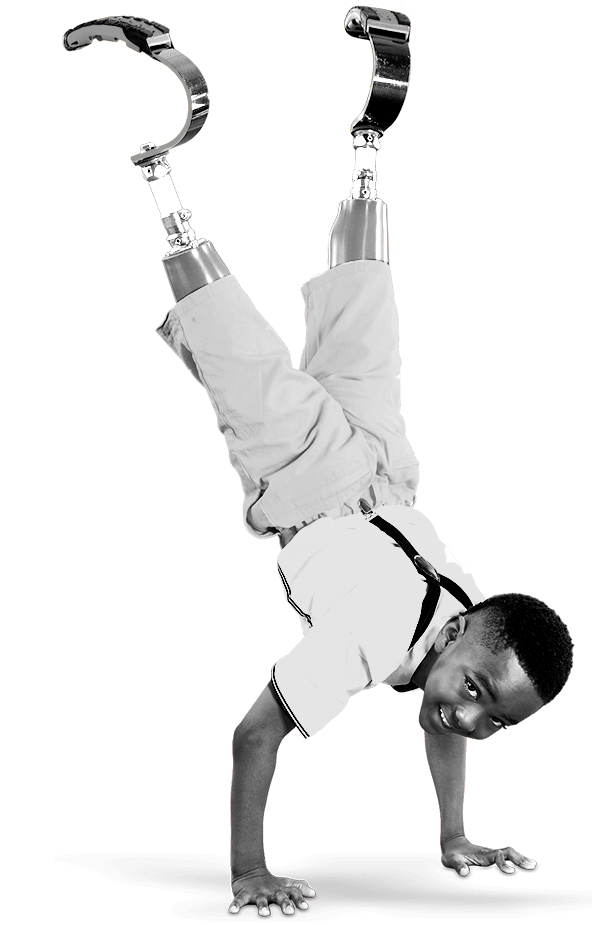
Jun 05, 2018 / Scoliosis & Spine
#SRHaccess Facebook LIVE Recap: Scoliosis Bracing
In honor of Scoliosis Awareness Month, Assistant Chief of Staff Lori A. Karol, M.D. joined us on Facebook live to discuss scoliosis bracing. Below is a recap of the conversation.
Watch the live segment.
What is scoliosis?
Watch the live segment.
What is scoliosis?
- A curvature of the spine.
- Several different types of scoliosis.
- Adolescent Idiopathic Scoliosis (AIS) is the most common type of scoliosis where bracing is an option for treatment. Typically, AIS occurs between 10-14 years of age while the adolescent is still growing.
- There is no definite cause related to scoliosis. However, research conducted at the hospital has shown that there are certain genes associated with the condition which can cause a child to have it.
- Scoliosis is not caused or related to a certain sport and/or activity. Wearing a backpack also does not cause the condition.
- A brace is used to stop a scoliosis curve from getting worse. It does not cure the condition or make it go away.
- Ultimate goal of using the brace is to prevent the child from needing surgery.
- A brace is used on curves that range from 25 to 40 degrees.
- Bracing is only a treatment option if the child is still growing.
- The doctor, the patient and his/her family examine the X-ray of the spine together to determine whether bracing is the right treatment option for the child.
- Depending on the child and his/her curve, the number of hours prescribed for the brace to be worn daily varies.
- There are different types of braces depending on the curve.
- TLSO (thoracolumbosacral orthosis): a type of brace worn for curves located in the mid to lower part of the back.
- Providence brace, also known as a night time brace, is specific for lower back (lumbar) curves and is only worn while in bed at night. These braces are mainly used for curves that are less severe.
- A member from the hospital’s Orthotics department joins the conversation to begin the process of customizing a brace for the child.
- Three to four-week process
- The patient will have an appointment with Orthotics to have a digitized scan made of their back.
- After the scan, the orthotist manipulates the image to create a straighter spine, specific to the patient.
- From the scan, the patient’s body is carved out of Styrofoam and a plastic mold is made specific to the body.
- The patient comes back for an appointment so that the brace can be fitted to the body and to make sure it is comfortable.
- Little sensors, about dime size, are placed in each brace to track the number of hours a patient is wearing their brace.
- It monitors the temperature of the brace, so it is being worn when the sensor is at body temperature.
- Each visit, the doctor is able to receive a graph showing how many hours a patient is wearing the brace.
- The hospital has and continues to conduct research on using sensors to track brace wear.
- The research of tracking brace wear through these sensors has been presented and shared around the world and published in several orthopedic journals.
- The studies have shown that if a patient receives information on how many hours their brace is being worn, it actually increases the number of hours the patient wears the brace.
- The sensors provide feedback to the patient to help incentivize them to wear the brace for the prescribed number of hours.
- Braces are made to fit the body. It doesn’t stick out or deform clothing.
- Depending on wardrobe choices, clothing can hide the brace.
- Certain shirts are given to the patients to wear under the brace to help with sweating.
- Depending on the activity/sport, a patient is able to continue participating while wearing the brace.
- With very athletic patients, the doctor works with them to determine how to work around a sporting event schedule to make sure the brace is still being worn for its prescribed hours.
- The patient will come in for check-ups usually until he/she is 18 years old.
- Once the patient is fully grown and it is determined that the curve is stabilized, the brace is no longer needed.



